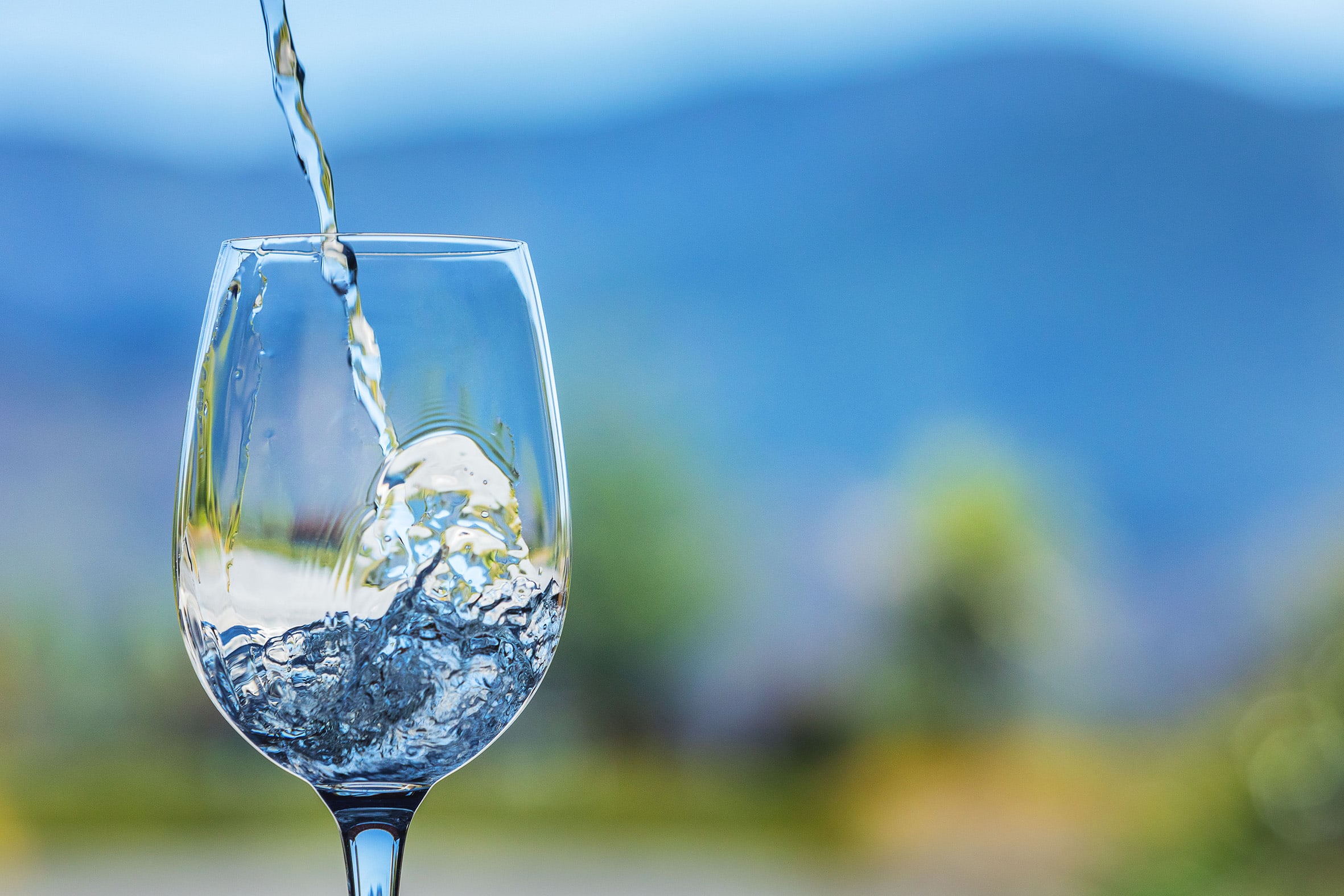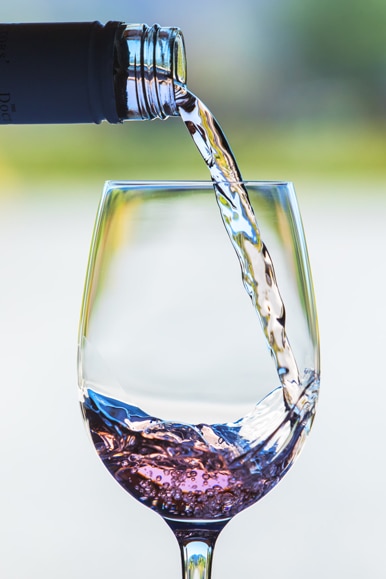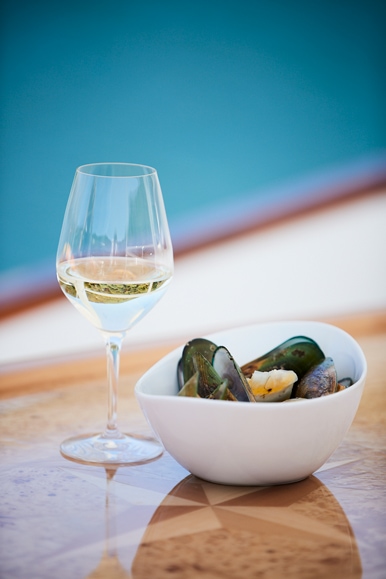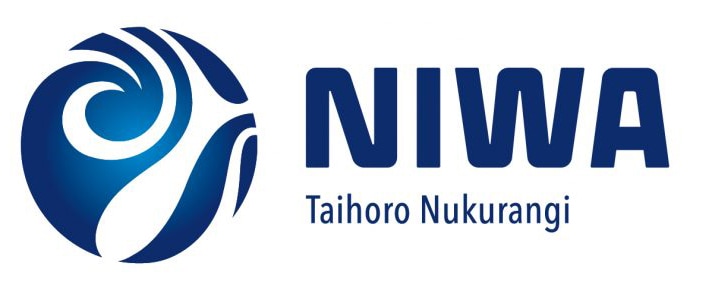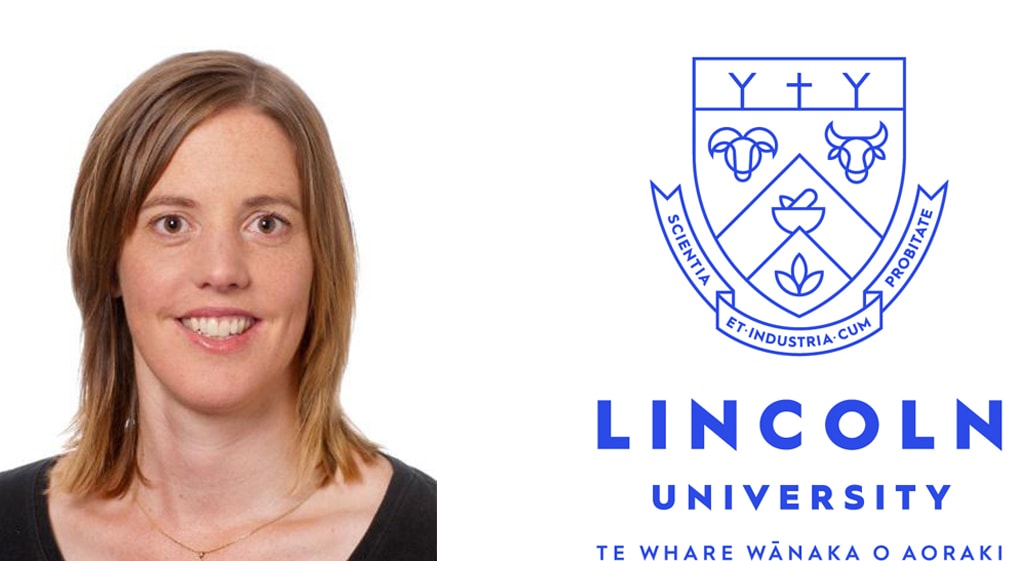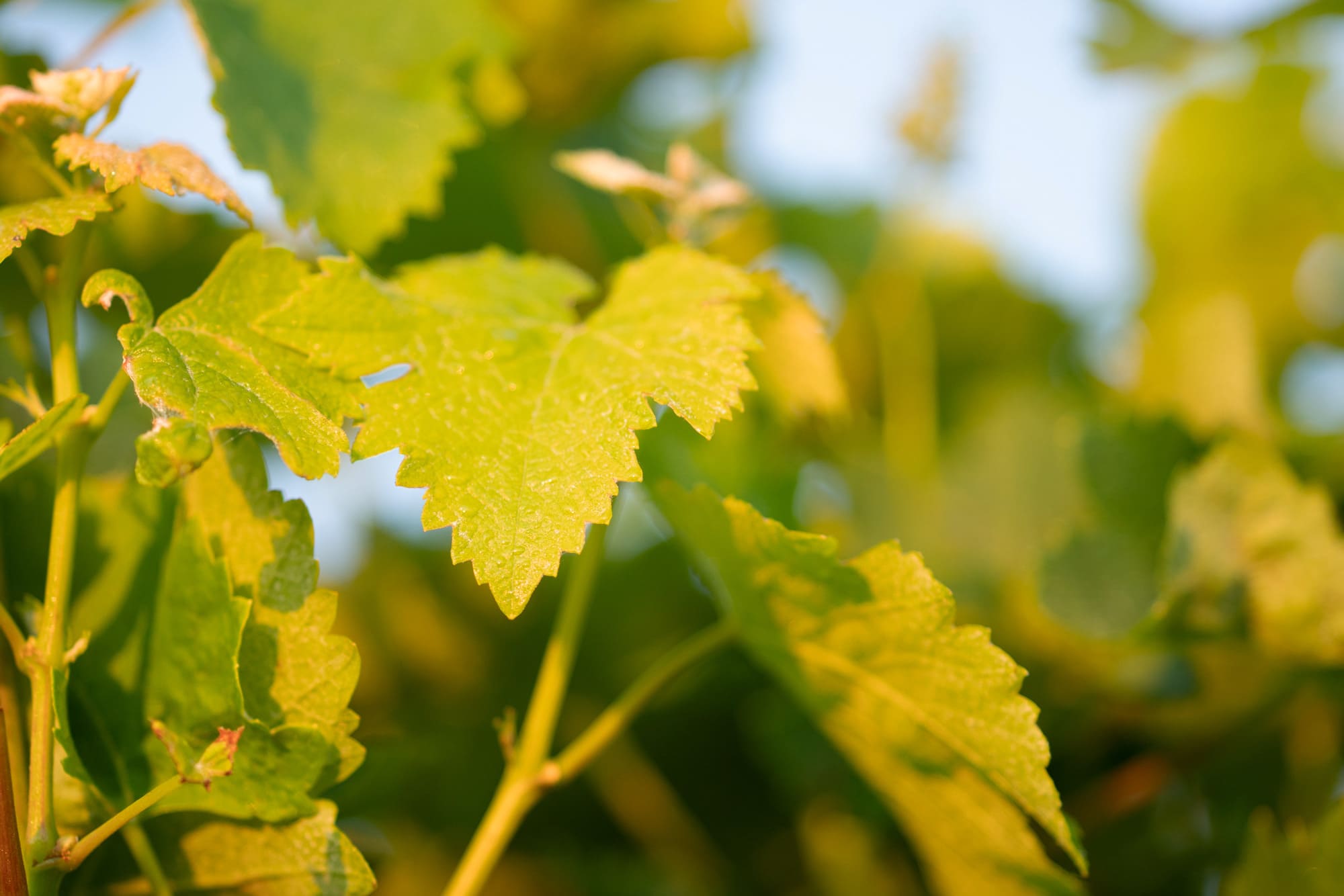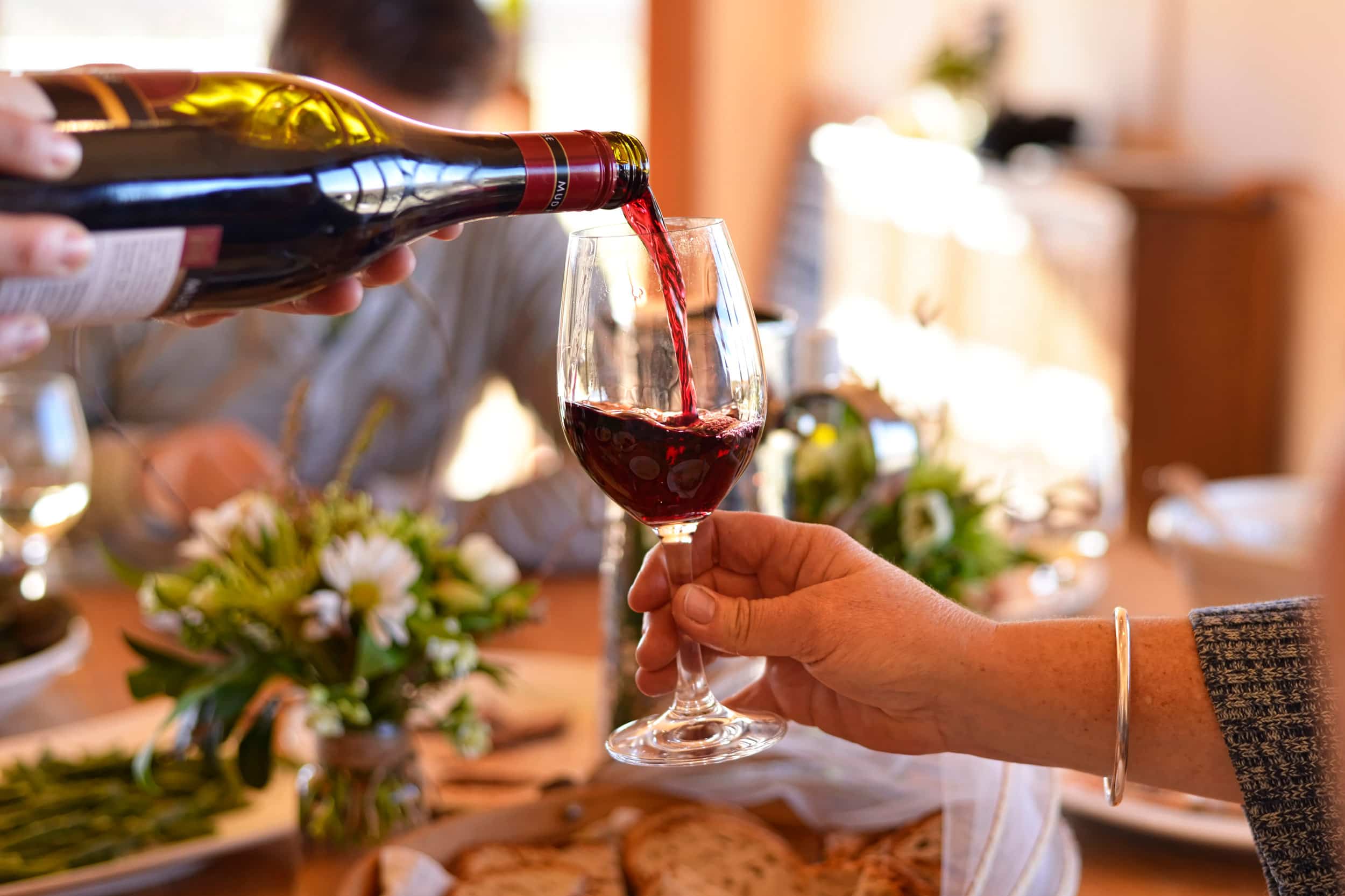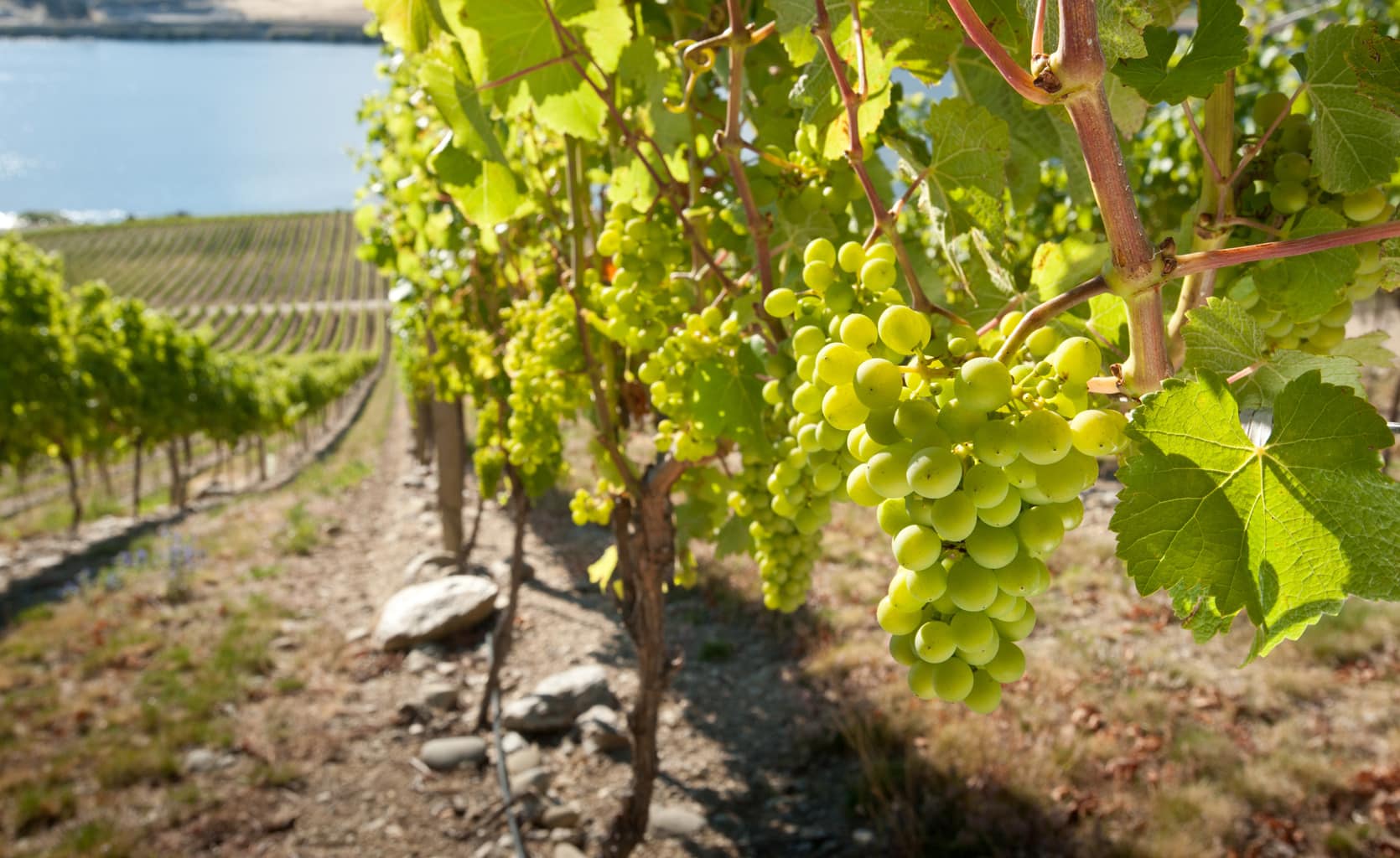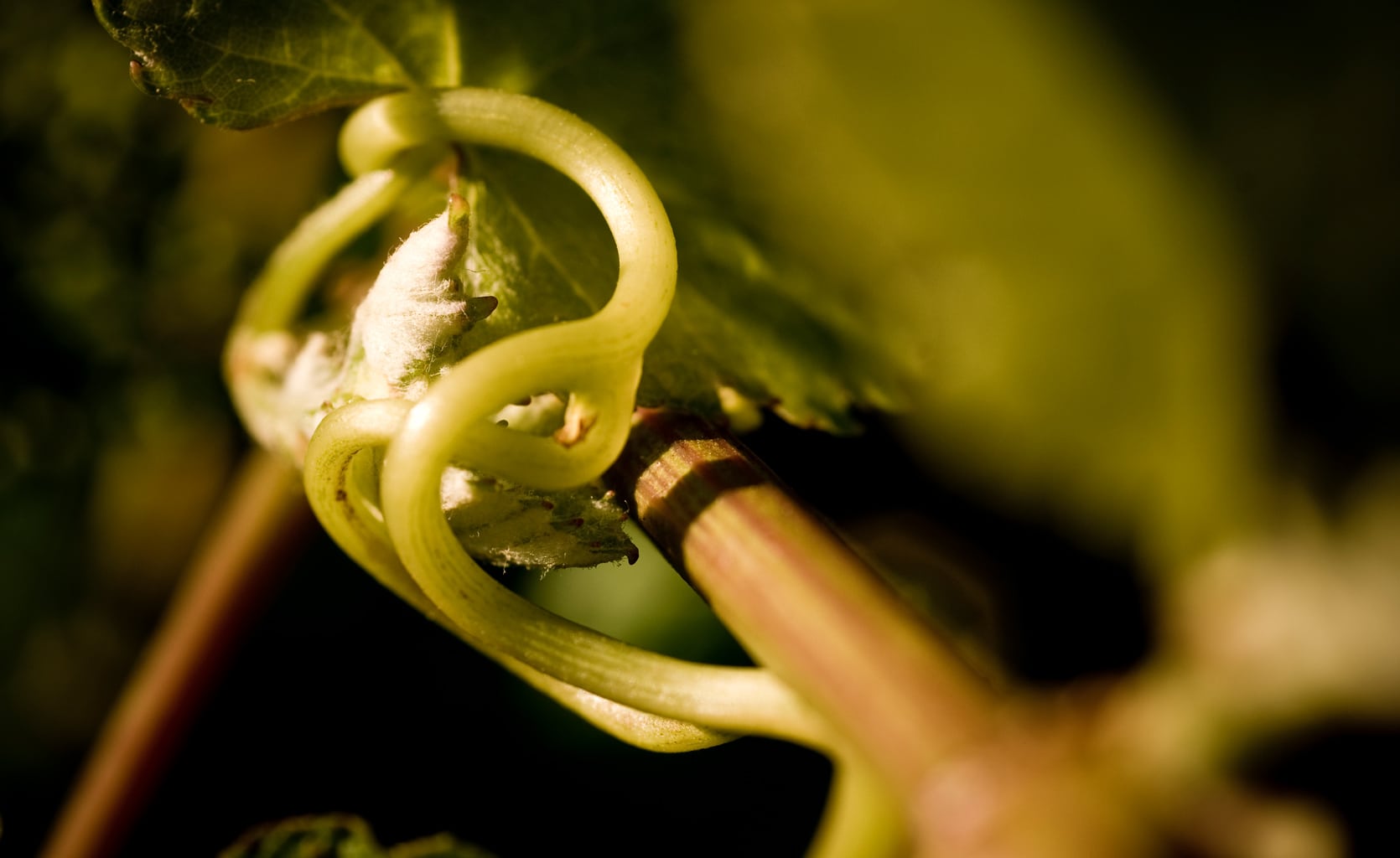Next Generation Viticulture Programme FAQs
What does this programme aim to achieve?
The NGV programme aims to increase vineyard profitability. It aims to create innovative, efficient canopy systems that drive cost reductions, improve yield consistency and performance, and advance sustainability, all while enhancing the premium wine quality New Zealand is renowned for.
What issues does the programme address?
The programme is focused on:
• Driving cost reductions for New Zealand wine grape growers through reduced labour inputs and tractor passes.
• Reducing yield variability by improving vine health, vine resilience, and bud fruitfulness.
• Improving sustainability through reduced carbon emissions, improved water use efficiency, and reduced fungicide inputs.
What are the expected programme outcomes?
Next Generation Viticulture aims to develop new knowledge that could deliver a range of potential benefits, such as:
- Increased profitability from reduced vineyard management costs
- Reduced yield variability between seasons, and better yield predictability
- Reduced carbon emissions, improved water use efficiency and reduced fungicide inputs
How growers choose to use the new knowledge will be up to each individual business.
What is the programme's approach?
The programme will redesign New Zealand’s vineyard canopy management by modifying the grapevine training system to provide benefits for growers. It builds on concepts developed in the New Zealand kiwifruit, pipfruit and stone fruit industries. The programme will also leverage Plant & Food Research’s experience with new apple and cherry production systems.
Most of the programme trials will be undertaken on Sauvignon Blanc grapes based in the Marlborough region. This is due to Marlborough Sauvignon Blanc’s dominant position in the New Zealand wine industry and substantial global demand for New Zealand Sauvignon Blanc, which will enable a quicker path to impact. The trial will expand to include additional varieties as the programme develops.
Delivery of the programme will be led by New Zealand Winegrowers’ research arm, Bragato Research Institute. Seven vineyards will be actively involved in the development and trials of the new growing systems, and a sensory panel composed of New Zealand winemakers will ensure that wine style and quality is maintained or enhanced.
Who are the project partners?
Ministry for Primary Industries’ is co-funding this project through the Sustainable Food and Fibre Futures fund. New Zealand Winegrowers is investing and supporting on behalf of all members. Five companies are supporting directly, with both cash and in-kind contributions: Whitehaven Wines, Treasury Wine Estates, Indevin, Cloudy Bay and Constellation Brands. Two are supporting with in-kind contributions: Framingham Wines and Stanley Estates.
How will the new training system be different to current standard practice?
With the new training system, grapevines will be larger in size (width and height), carry more nodes, shoots, canes and permanent wood. They will also grow larger and less dense canopies that intercept, intercepting more sunlight than conventional canopies. The fruiting zone will be spread out across the whole canopy.
Why will this programme take seven years?
Established grapevines require at least three years or more to adapt to physiological changes such as a new training system. Therefore, the first three years of the programme will test and prove the underlying principles of the new training systems. Over the next four years, the efficiencies of the systems will be established and optimised to deliver the desired outcomes.
Members will be brought along on the research journey, but only at the end do we expect the programme findings to be ready for most of the industry to have the confidence to incorporate them into their business plans and begin implementing the findings themselves.
Does Next Generation Viticulture align with other research?
Next Generation Viticulture is aligned with BRI’s research strategy, including the priority areas of improving vineyard productivity and enhanced financial and environmental sustainability. Next Generation Viticulture is aligned with Bragato Research Institute’s research strategy, including the priority areas of improving vineyard productivity, and enhanced financial and environmental sustainability.
The programme will work alongside the Sauvignon Blanc Grapevine Improvement programme and others looking at canopy innovations.
It seems unlikely our existing machinery will work with the new canopies. How will the programme respond?
We know that our Next Generation Viticulture vineyard systems won’t be adopted if they don’t enable winegrowers to prune, spray and harvest. All canopy modifications are being designed to work with existing vineyard equipment and practices. The project team and the investors in the programme will be working closely with technology providers to identify equipment that can help with the transition to and adoption of the new systems.
Will the new canopies increase labour demand?
Reducing vineyard labour inputs and cost is a potential benefit being explored by the NGV programme. There is the potential that labour inputs associated with wire lifting, pruning and other intensive activities can be significantly reduced. The project is tracking the impacts of the new systems on labour requirements.
Does NGV promote increased yields?
NGV is about reducing input costs per unit of output and giving growers more control over their yields – a result of improved yield consistency allowing for better planning for vineyard and wineries. In addition, NGV systems would allow for more effective use of land assets, and the potential to expand production either with grapes or alternative crops. Each grower will be able choose how to use any new knowledge for their individual business.
Is Next Generation Viticulture based on the Future Orchard Planting Systems (FOPS) programmes?
The programme builds on concepts developed in New Zealand and currently being applied in kiwifruit, pipfruit, and stone fruit production where new systems have been developed that maximise light penetration to both leaves and fruit and increase the number and distribution of high-quality fruiting sites on each plant. These systems are being taken up by growers and hugely changing production and revenues.
Horticultural canopy modifications have lowered disease pressure and pruning intensity by reducing vegetative growth. They have also reduced variability in production, with a shift in structure from cane-type to spur-type.
How will you ensure quality is maintained or improved?
Fruit quality will be monitored at during ripening and at harvest, and wine quality will be assessed through chemical and sensory analysis against the control.
Will the new vineyard systems be more sustainable?
Alongside the canopy management trials, the programme will closely monitor to ensure that water and spray usage does not increase due to the different canopy structures. The goal is to develop canopies that demonstrate improved efficiency in the use of irrigation and fungicide
Why is the Government supporting this programme?
Government investment will enable this research and implementation to occur at a pace and focus that would not be possible for industry alone to achieve:
- Allowing the development of new vineyard systems to proceed quickly enough that vineyards can adopt new, efficient and profitable configurations as they are replanted.
- MPI support will also provide impetus for substantial industry collaboration to undertake the research and development at pace and scale. Seven vineyards and wineries will collaborate with NZW to undertake the programme. This collaboration will enable demonstration of new vineyard systems at scale in growers’ own vineyards, which will help provide industry with the confidence to quickly adopt the new practices.



